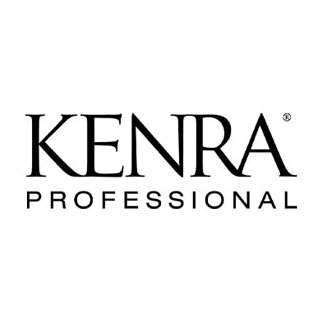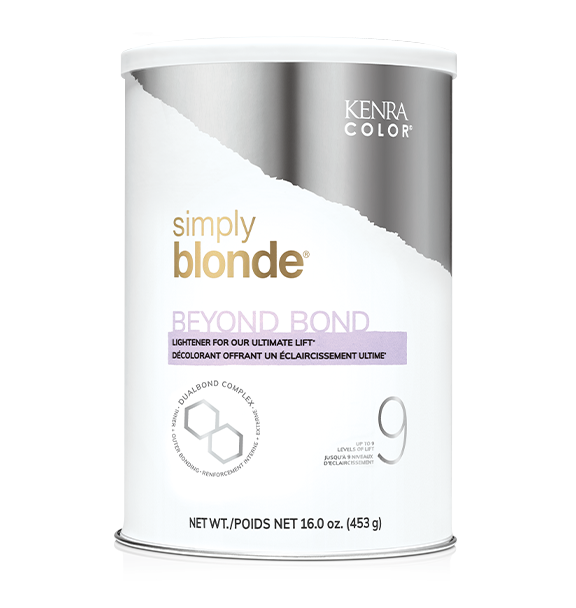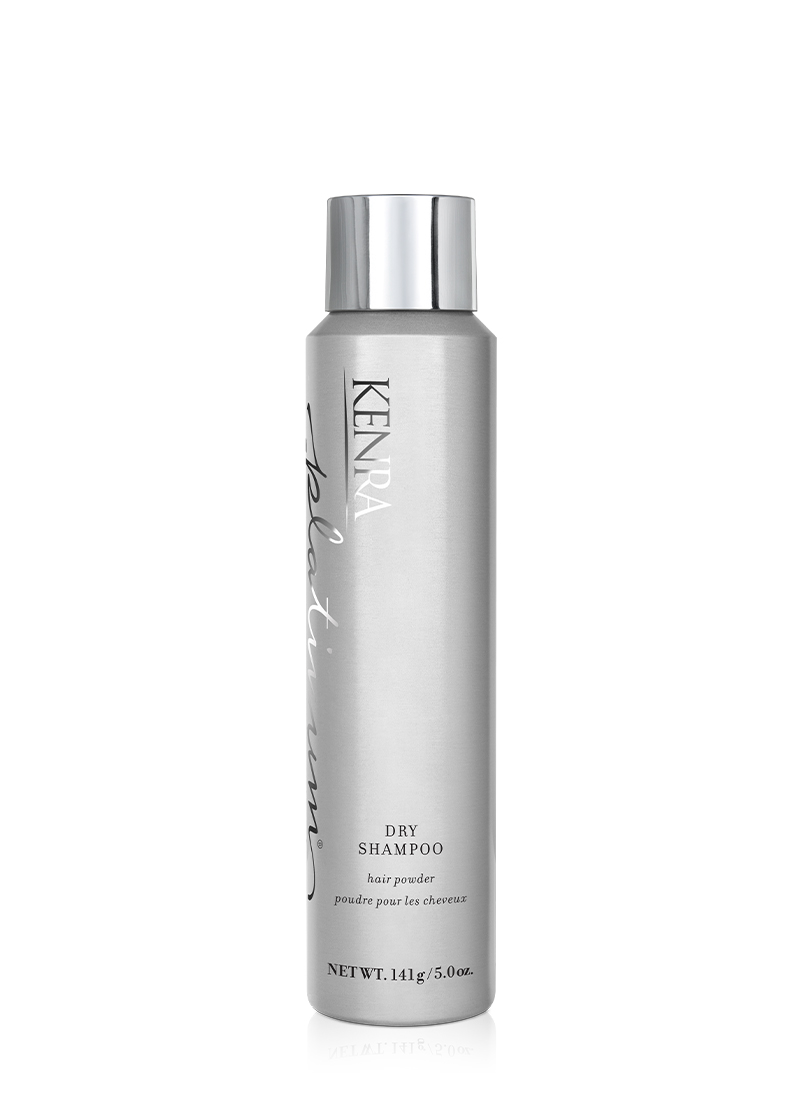How To Fix Blonde Hair That's Gone Yellow

By: Kenra Professional
We love a blonde moment! Blonde is classic glamour at its best, but it can be a difficult color to maintain. Unfortunately, yellow tones are par for the course with blonde color. Luckily, there are several ways to extend the life of your dye job.
Whether you are a colorist or someone who is about to visit a colorist, it is important to educate yourself on the coloring process to keep your expectations realistic on your journey to stunning blonde hair.
Kenra Professional has been around since 1929 and has always been committed to creating hair products that deliver consistent salon-quality results with every single use. Our products are built for professional performance but are also great for at-home use as well. We do it all with premium products ranging from shampoos and conditioners to styling products and professional hair color.
We’re going to go into great detail about what to expect when transitioning to lighter hair colors and how to battle brass and yellow tones when they inevitably begin to show up. With a little bit of extra work, we can preserve your dye job and touch up those pesky yellow tones as they appear.
This guide is meant to be helpful for beginner hair stylists as well as people that need a little more info before going in for their dye appointment. If you are not a hairstylist, do not attempt to dye your own hair; let’s leave that to the pros!
Why Does Blonde Go Yellow?
You may be surprised to learn that blonde going yellow is no different from red or brunette hair color fading. Your color is simply fading out over time. Blonde hair dye eventually fades (just like all other colors) to reveal the bleached hair underneath. But why yellow? This is a
byproduct of the chemical process used to get the hair to that gorgeous blonde color you had right after dying it in the first place.
Nowadays, hairstylists are incredibly skilled. They can take extremely complicated chemical processes and make them look as easy as one, two, three . This is certainly the case with going blonde. In order to go blonde, the hair will first have to be lightened by lifting the existing color out. During the lifting process, a mixture of ammonia and bleach, along with peroxide, is applied to the hair and allowed to process until the existing color is either diluted or removed. Then tones are added back into the now bleached hair in order to give it the desired color.
This high-tech process is second nature to experienced stylists, but it can seem a bit strange to someone getting their hair colored for the first time. Yes, you will likely leave the salon with the hair color you were trying to achieve, but after a couple of weeks of washing
and exposure, your hair will likely begin to change a bit.
With blonde dyes, it is common that your hair will get either an orange or yellow tint. This is because most hair dyes are made up of blue, yellow, and red tones. Blue color fades the fastest, leaving you with yellow and red leftovers. With blonde dye, this shows up as yellow.
Color fading can look different depending on what color you started with, your history of hair dye, the chemistry of the color, and the health of your hair. For example, yellow tones commonly occur in people with slightly damaged hair from lots of blonde dying over time.
The Difference Between Yellow and Brassy
You have probably heard someone complaining about how their dye job went brassy. It is super common for someone to say that they have a lot of brassy tones when they actually mean yellow tones. This is one of the many reasons why you should leave the coloring to a professional. They are more equipped to accurately identify and treat the color issue.
Just for educational purposes, let’s discuss the difference between brassy and yellow. No, when your blonde doesn’t look right, it’s not just because it’s brassy. This is a commonly overused term. When your hair is brassy, it has a bit of an orange tint. This tint is likely showing up because your hair wasn’t properly lifted to begin with.
If you’re a stylist and you don’t lift the hair enough, your client will likely be back in a few weeks complaining of brassiness. Depending on how dark the client's natural hair is, you may need a couple of sessions to lighten the hair as much as possible before you can give
them the glossy blonde they are trying to achieve.
Another key factor is the level of underlying warmth in someone's hair. The more warmth, the more likely it is that brassiness will show up. This is because all the products we use are not as permanent as we would like to think. The color will fade with time to reveal the bleached hair underneath; it’s as simple as that.
When working with especially dark hair, you may need multiple lightening sessions before getting the results you’re looking for. Make sure that you prepare your client for this and ensure that multiple appointments are possible within their budget.
Lifting Light Enough
If you are a colorist, you should make sure you are using a quality lightener. To get good results down the line, you will need to make sure you’re lifting light enough. For optimal lifting, we recommend that you use our Simply Blonde Beyond Bond Lightener.
This premium lightener will give you the ultra lift you need to achieve consistent results every time. In addition, this lightener is easy to use so that you can lighten hair with confidence.
This lightener can do it all. It can lift nine or more levels in one application, plus it repairs both the inner and outer bonds as it goes so that you can protect the hair and make it smoother and more manageable post-lightening.
How To Prevent the Dreaded Fade
Once the color is applied just the way you like it, you should recommend that your client use certain care methods to preserve their gorgeous color. If you are a non-stylist looking for ways to increase the amount of time between salon visits, then this is where you should tune in.
Extending Time Between Washes
One of the easiest ways to make your color last longer is by washing your hair as little as possible. Whenever you can, opt for a Dry Shampoo over a full shampoo and condition.
Every time you wash your hair, you are removing a tiny bit of your color.
While you obviously still need to wash your hair from time to time, you should limit the frequency as much as possible. To minimize the fade, you should also switch over to a color-preserving shampoo.
Using the Right Shampoo and Conditioner
For blondes, we recommend you use our Brightening Shampoo and Conditioner. This blonde washing duo is specially formulated with color-protecting and brightening technology to keep your blonde looking great between appointments. Still, try to wash your hair less, but when you do wash it, use this shampoo and conditioner to preserve your stunning dye job.
Brightening Treatment
If you are washing minimally and using a blonde enhancing shampoo and conditioner but are still seeing yellow tones, you may need to book an appointment with your stylist to determine the best course of action. However, you can also try a Brightening Treatment to remove any yellow or brassy tones.
A brightening treatment is like a highly concentrated conditioner specially formulated to brighten your blonde in between coloring appointments. It instantly tones your hair and can improve the brightness by 80%. Plus, it penetrates deep in the hair follicle to repair cuticle damage and improve the overall manageability of your hair.
To use this nourishing, brightening treatment, simply shampoo your hair as normal and then wring out your hair to remove as much water as possible. Next, apply the brightening treatment at the roots and then move the product down through the ends of your hair.
Leave the treatment to soak for three to five minutes and then rinse thoroughly. You can use this treatment in between color appointments or one to two times a week.
In Conclusion
Even with the most experienced colorists, yellow tones happen with blonde dye. It is an unavoidable fact. But that doesn’t mean you can’t do anything to help prevent brassy, yellow tones.
You can prevent the early arrival of yellow tones by skipping a wash whenever you can with the help of dry shampoo. You can also use a brightening shampoo, conditioner, or treatment to tone out a bit of the yellow. At some point, you will eventually need to book an appointment and give your hair the professional attention it needs.
Sources:


